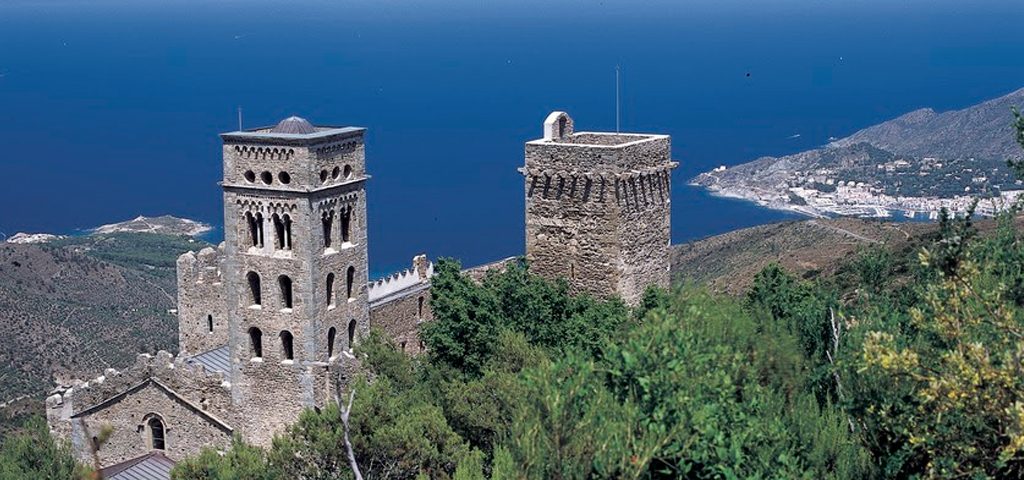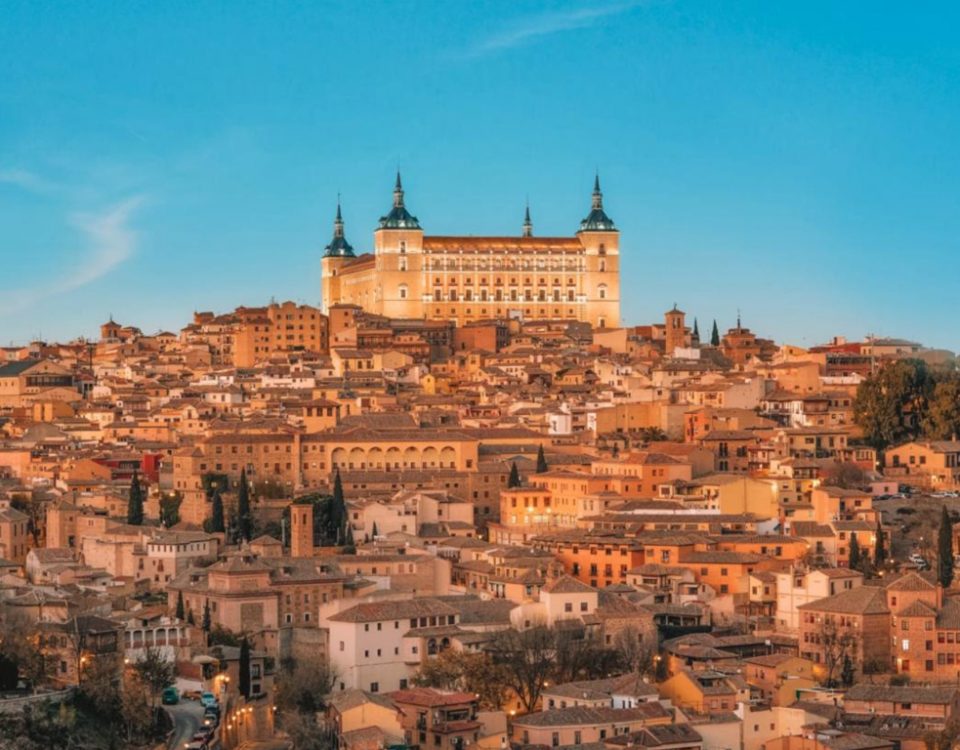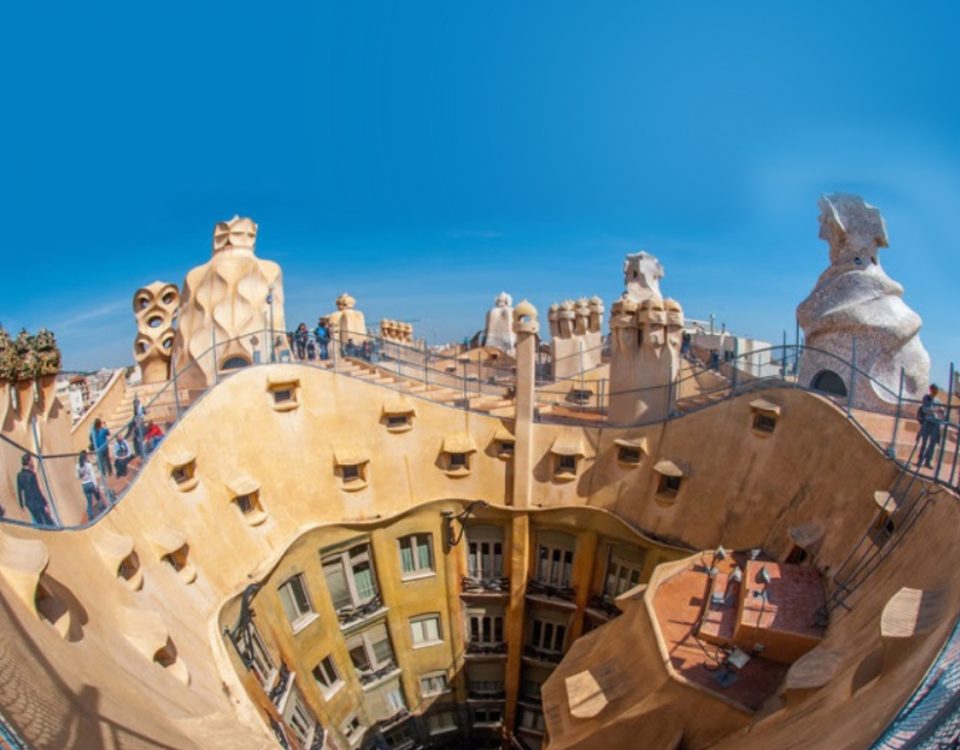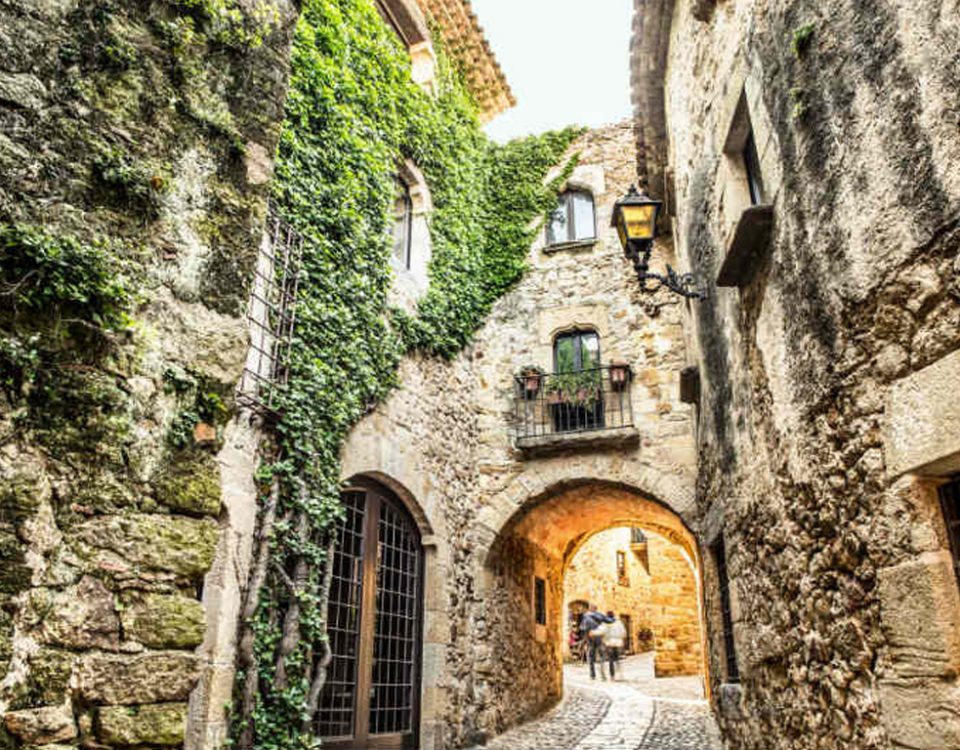James Bond Views
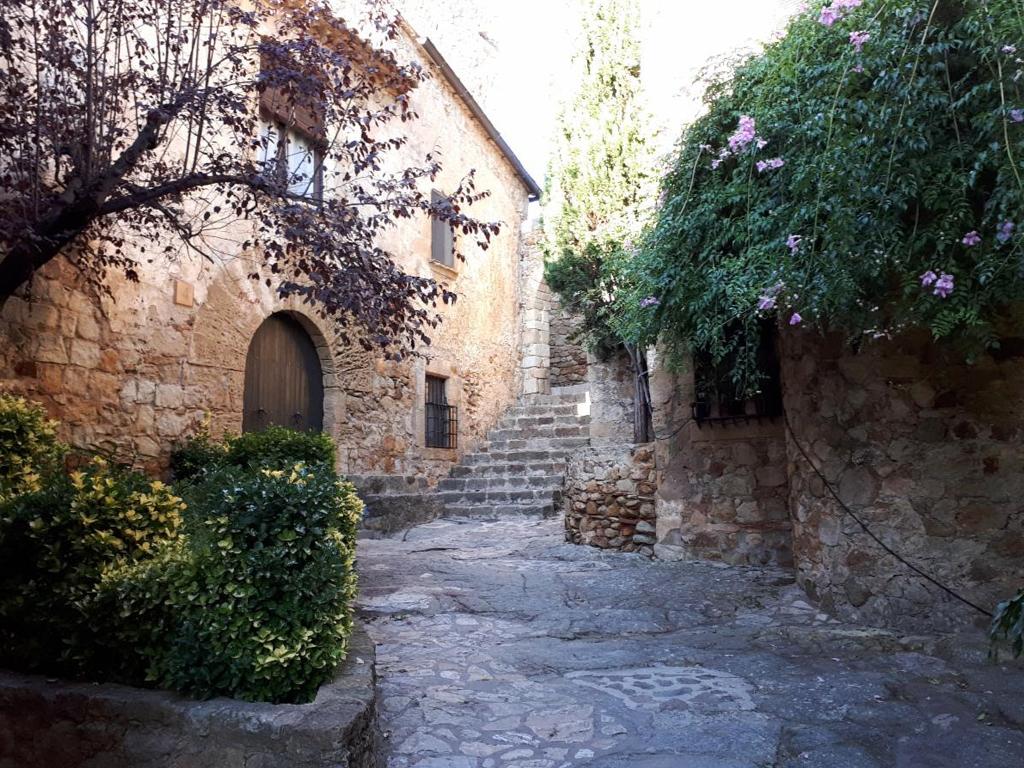
The Hand of Fatima
June 19, 2020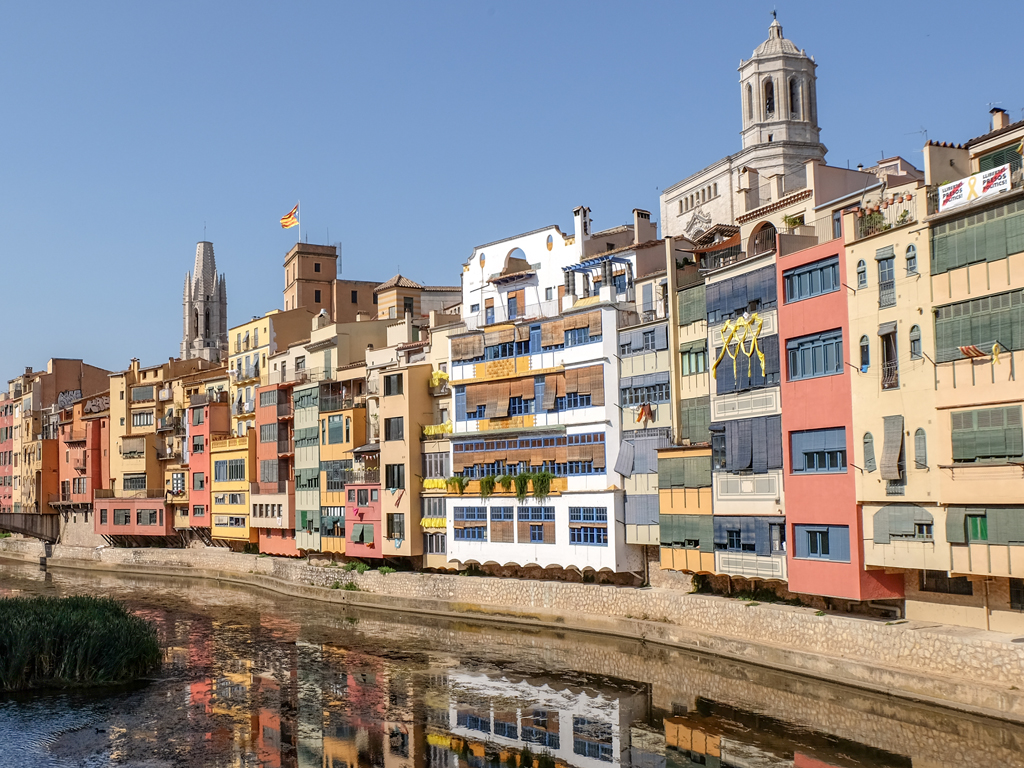
The Secrets of Girona
July 9, 2020Who can resist James Bond movies spectacular movie locations? Interestingly, while writing this I came across a compendium of essays on James Bond movies titled “James Bond in World and Popular Culture” issued by Cambridge Scholars Publishing. Four-hundred-and-eighty-eight pages and thirty-eight chapters to be exact, ranging from James Bond - A True Modernist?, Somebody Does it Better: Competent Women in the Bond Films and “All Mixed Up”: James Bond’s World of Mixing, Displacement, and Boundary Crossing to Making Britain Great Again: John Gardner, Raymond Benson and the Resurrection of a Literary Bond. While significant themes of our day these are the more generic chapters. Not one chapter in my brief high level glance through discussed the views, or simply, how vital the locations were to each film, as much characters as well as a reveal of Bond himself. For me a drive is all about the view, a family tradition passed on. Here are a couple among many epic drives with epic views.
The base of Els Àngels is a 10.4 km hill climb within the annual Girona Gran Fondo (for Tour de France cyclists and fans) a 2.8 km stroll from our haven. This epic drive takes you through Les Gavarres, an ancient massif, part of the Catalan Coastal Range Summit, a protected nature reserve covered in ancient dwarf oak forest, alders, hazels, chestnuts, cork trees, heather, arbutus (trees with globe shaped spiky orange and yellow flowers), medieval villages, monasteries, and farmhouses. Joseph Pla, a political and cultural journalist, travel writer, biographer, memoirist, essayist, novelist, and foodie, born in nearby coastal Palafrugell, wrote of elephants in the landscape. On the hilltop Santuari dels Àngel is the chapel where Salvador Dali wast married. Climb the steps to the terrace by the church and you'll be rewarded with fantastic panoramic views. We are so captivated by the scenery, we've driven this route a few times. Today our destination is the medieval coastal town Tossa de Mar.
Labryinthine gorges and valleys surround us. The screwdriver road wide enough for one-and-a-half cars is turning every ten feet. We are climbing the mountains - through the forest and then on turns we have glimpses of sky, castles, churches and farmhouses perched on mountain rock, spectacular, hairpin turn after hairpin turn. You gasp every coil and hold your stomach down. At the top of every curve you resist the temptation to park and take photos as do the occupants of any oncoming car. Intrepid drivers from our inquisitive crew are both curiously art collectors, and heavy footed on the gas pedal, whistling for focus and having the time of their lives.
Almost at the peak we spot Can Pol Dels Àngels, a terrace farm to table restaurant perched among the gods with spectacular views of the gorges and vineyards. How can we not stop? Seated edge side on the terrace under a canopy of fig trees we order the restaurant farmed chicken with oregano, rosemary and thyme. Appetizers are tapenades and manzanillio olives, capers and garlic on crostini. Fresh salad is covered with oozy cheese pies topped with a layer of blackberries. The bread and Spanish olive oil has you sigh. The local wine vies for vintage recognition. Three hours later we have a peak at the wine cellar and order short espressos to go. Espressos are lined up with companion shots of Liqur 43, a sweet-vanilla flavoured liquor that compliments coffee, both on the house. Life is beautiful.
Another day, another drive! Have you ever felt like you were walking in the sky? This day we take an epic drive to the Monastery of Sant Pere de Rodes, in Cadaques. The origin of this Benedictine Monastery is unknown but the first documentation of its’ existence dates from 878, IV century. Legend says that some monks disembarked in the area carrying Saint Peter’s remains to save them from the Barbarian, and the Pope decided to build this monastery to keep them. This is why it’s one of the few monasteries in Spain with the privilege to organize jubilees. In the 17th century it was abandoned, and it wouldn’t be until 1930 that it was declared a National Monument.
For thirty minutes we are windingly ascending gold and purple-hued craggy stone and dust covered mountains. The serpentine road is barely wide enough for our SUV. Gorges and sea views are on the right, then the left, then the right. Breathtaking, as we turn, they are gone too quickly. We pass cyclists, road warriors with calves and thighs of herculean power, faces stamped with determination. We tip on to a flat road spilling swathes of lapis blue sky and the deep sapphire blue Mediterranean Sea.
The odd well-travelled path, chiseled into the side ribbons by shepherd and hiking shelters, some carved into the mountainside, some wooden lean-tos dating back hundreds of years, reveal themselves like treasures, then quickly disappear. Beneath us are valley swathes cascading into terraces that drop into the sea.
Around 500 metres below us is the monastery. The front parking lot is flooded from recent rains. A walk to the grounds from the side parking lot is about 600 metres. The forest of the Pyrennes is the protector of the monastery to the east. Valleys and terraces drop off the mountain into the sea to the west and north. Two-foot stone walls line the walkway on the west side. We park and then walk in the sky. A late lunch and a self-guided tour of the monastery ruins, the defensive tower, divine cloister, monk cells, dining room, ancient caverns, relics and frescoes find us at dusk. Time keeps bending; it is too short. Is it because of the views?
Want posts like this and more right to your inbox? Subscribe to Takes & Tales and receive Inquisitive Traveller stories, food, wine, music and reading suggestions. You’ll also learn about upcoming historical haven destinations. Subscribe today! You can unsubscribe anytime!

The base of Els Àngels is a 10.4 km hill climb within the annual Girona Gran Fondo (for Tour de France cyclists and fans) a 2.8 km stroll from our haven. This epic drive takes you through Les Gavarres, an ancient massif, part of the Catalan Coastal Range Summit, a protected nature reserve covered in ancient dwarf oak forest, alders, hazels, chestnuts, cork trees, heather, arbutus (trees with globe shaped spiky orange and yellow flowers), medieval villages, monasteries, and farmhouses. Joseph Pla, a political and cultural journalist, travel writer, biographer, memoirist, essayist, novelist, and foodie, born in nearby coastal Palafrugell, wrote of elephants in the landscape. On the hilltop Santuari dels Àngel is the chapel where Salvador Dali wast married. Climb the steps to the terrace by the church and you'll be rewarded with fantastic panoramic views. We are so captivated by the scenery, we've driven this route a few times. Today our destination is the medieval coastal town Tossa de Mar.
Labryinthine gorges and valleys surround us. The screwdriver road wide enough for one-and-a-half cars is turning every ten feet. We are climbing the mountains - through the forest and then on turns we have glimpses of sky, castles, churches and farmhouses perched on mountain rock, spectacular, hairpin turn after hairpin turn. You gasp every coil and hold your stomach down. At the top of every curve you resist the temptation to park and take photos as do the occupants of any oncoming car. Intrepid drivers from our inquisitive crew are both curiously art collectors, and heavy footed on the gas pedal, whistling for focus and having the time of their lives.
Almost at the peak we spot Can Pol Dels Àngels, a terrace farm to table restaurant perched among the gods with spectacular views of the gorges and vineyards. How can we not stop? Seated edge side on the terrace under a canopy of fig trees we order the restaurant farmed chicken with oregano, rosemary and thyme. Appetizers are tapenades and manzanillio olives, capers and garlic on crostini. Fresh salad is covered with oozy cheese pies topped with a layer of blackberries. The bread and Spanish olive oil has you sigh. The local wine vies for vintage recognition. Three hours later we have a peak at the wine cellar and order short espressos to go. Espressos are lined up with companion shots of Liqur 43, a sweet-vanilla flavoured liquor that compliments coffee, both on the house. Life is beautiful.
Another day, another drive! Have you ever felt like you were walking in the sky? This day we take an epic drive to the Monastery of Sant Pere de Rodes, in Cadaques. The origin of this Benedictine Monastery is unknown but the first documentation of its’ existence dates from 878, IV century. Legend says that some monks disembarked in the area carrying Saint Peter’s remains to save them from the Barbarian, and the Pope decided to build this monastery to keep them. This is why it’s one of the few monasteries in Spain with the privilege to organize jubilees. In the 17th century it was abandoned, and it wouldn’t be until 1930 that it was declared a National Monument.
For thirty minutes we are windingly ascending gold and purple-hued craggy stone and dust covered mountains. The serpentine road is barely wide enough for our SUV. Gorges and sea views are on the right, then the left, then the right. Breathtaking, as we turn, they are gone too quickly. We pass cyclists, road warriors with calves and thighs of herculean power, faces stamped with determination. We tip on to a flat road spilling swathes of lapis blue sky and the deep sapphire blue Mediterranean Sea.
The odd well-travelled path, chiseled into the side ribbons by shepherd and hiking shelters, some carved into the mountainside, some wooden lean-tos dating back hundreds of years, reveal themselves like treasures, then quickly disappear. Beneath us are valley swathes cascading into terraces that drop into the sea.
Around 500 metres below us is the monastery. The front parking lot is flooded from recent rains. A walk to the grounds from the side parking lot is about 600 metres. The forest of the Pyrennes is the protector of the monastery to the east. Valleys and terraces drop off the mountain into the sea to the west and north. Two-foot stone walls line the walkway on the west side. We park and then walk in the sky. A late lunch and a self-guided tour of the monastery ruins, the defensive tower, divine cloister, monk cells, dining room, ancient caverns, relics and frescoes find us at dusk. Time keeps bending; it is too short. Is it because of the views?
Want posts like this and more right to your inbox? Subscribe to Takes & Tales and receive Inquisitive Traveller stories, food, wine, music and reading suggestions. You’ll also learn about upcoming historical haven destinations. Subscribe today! You can unsubscribe anytime!


